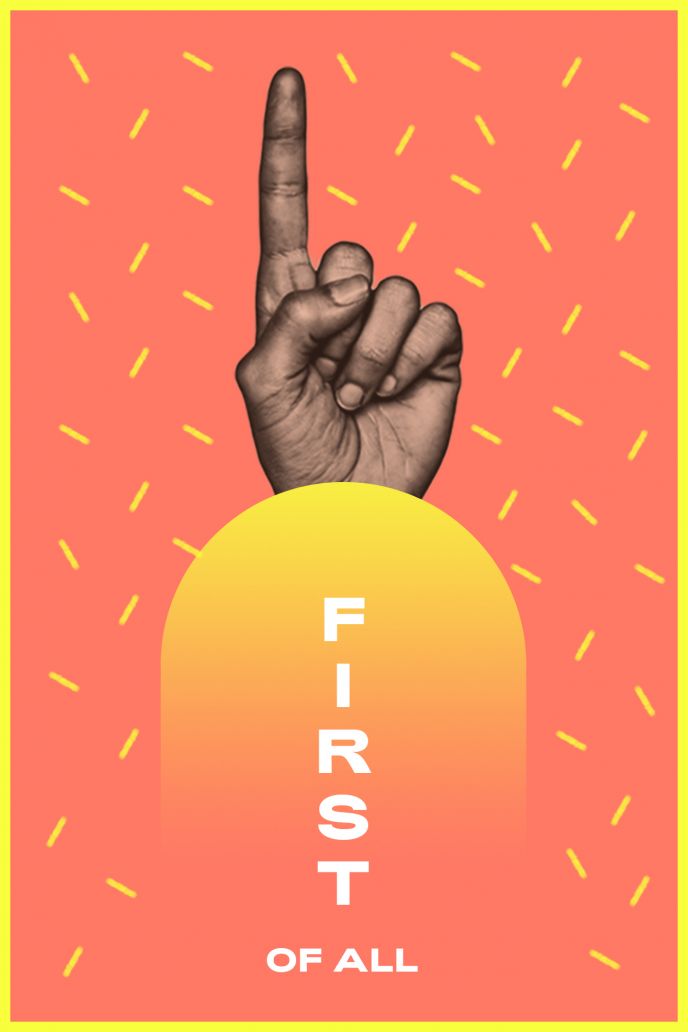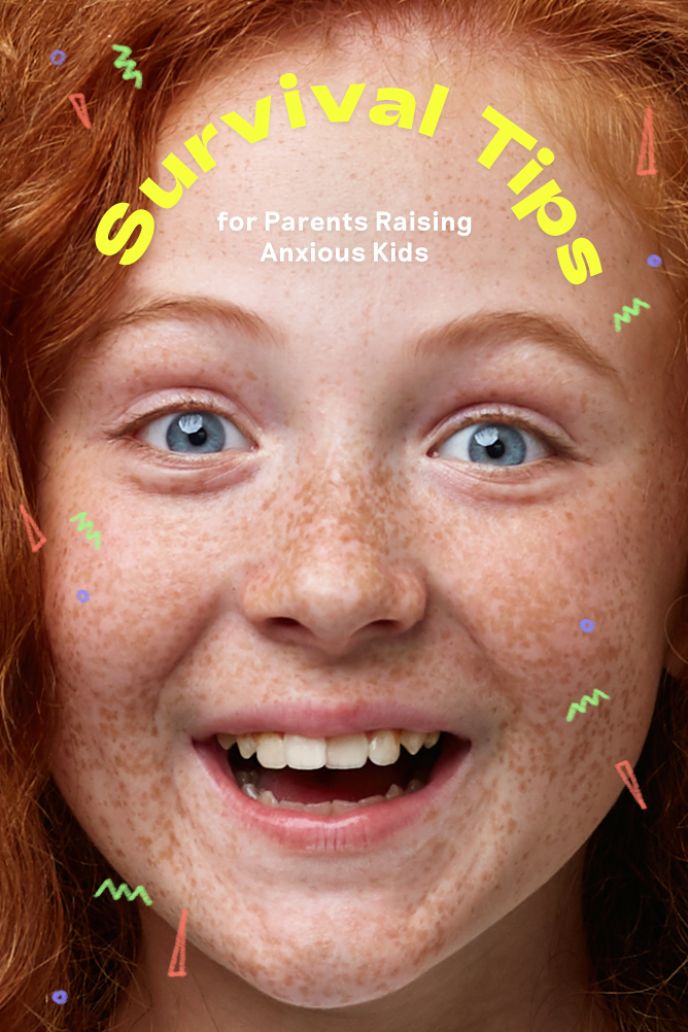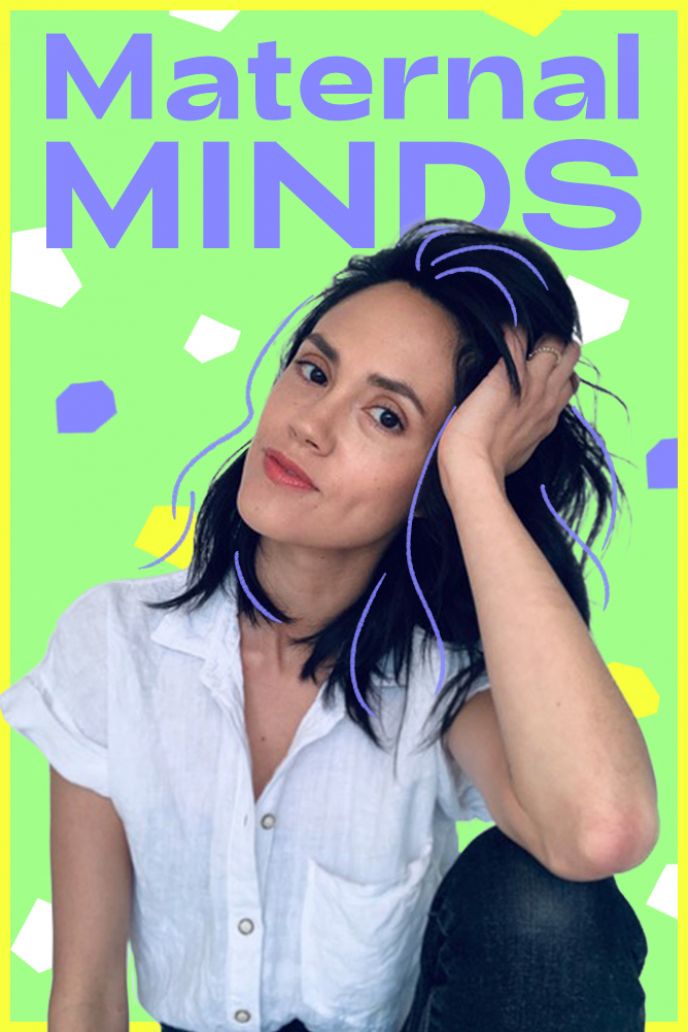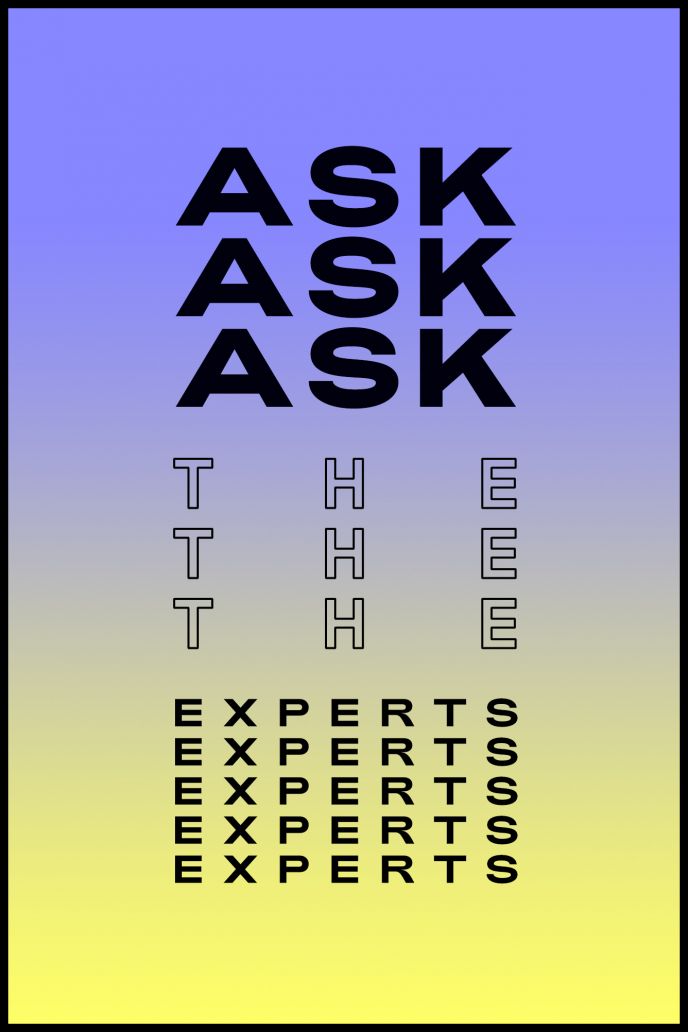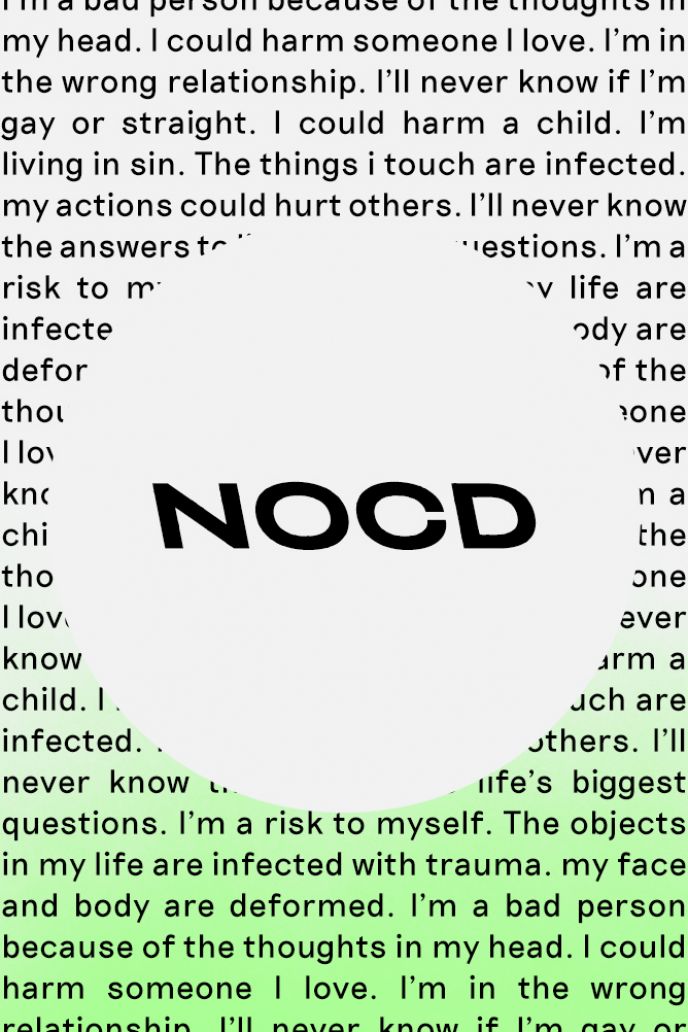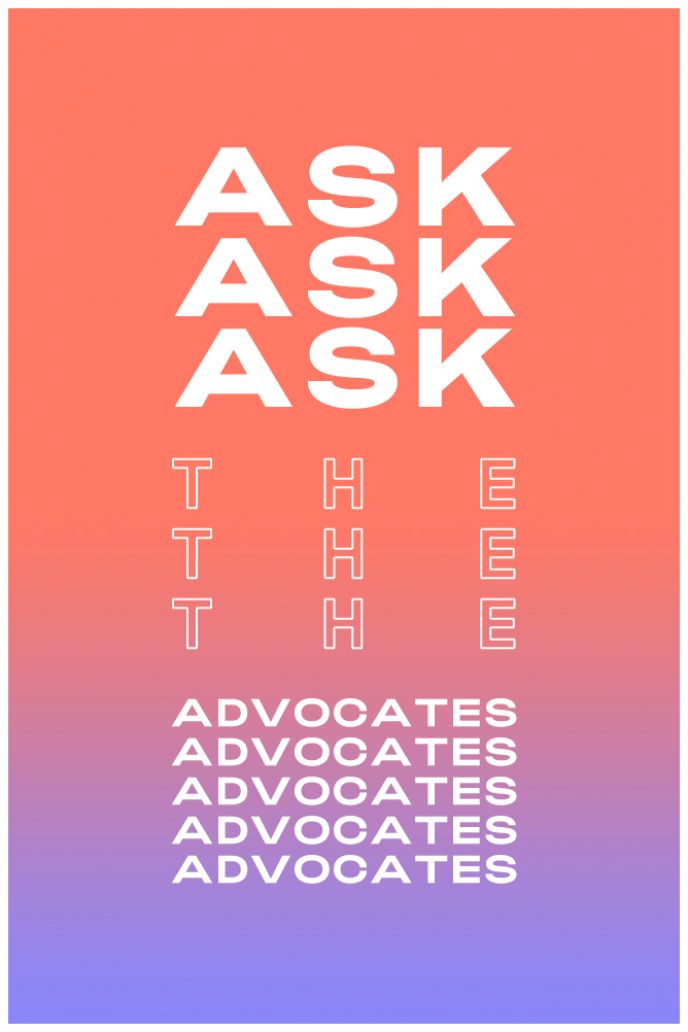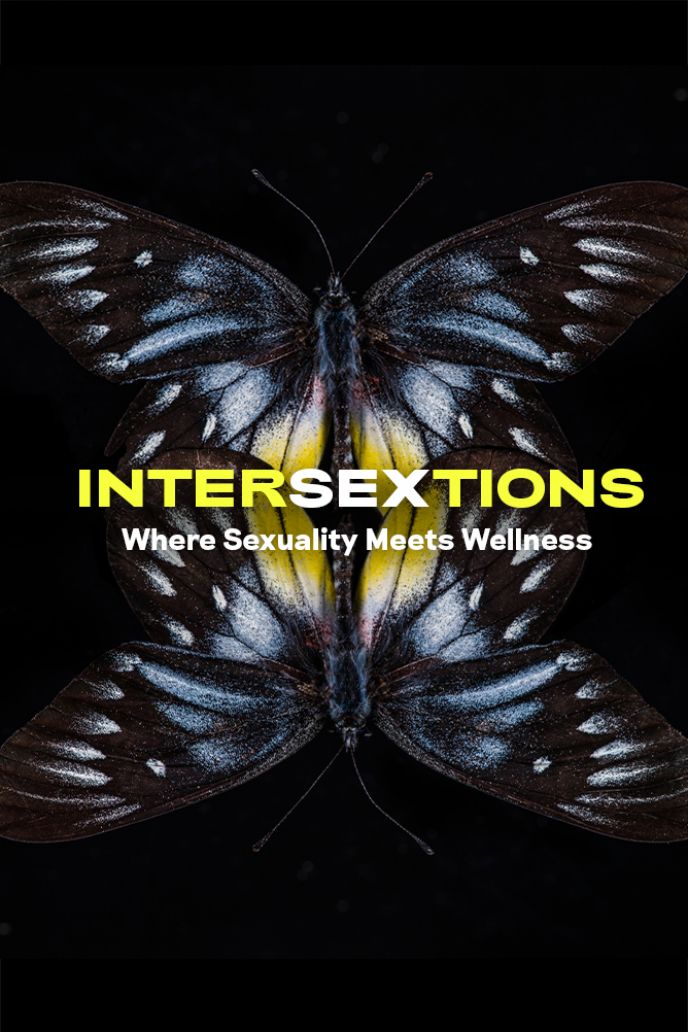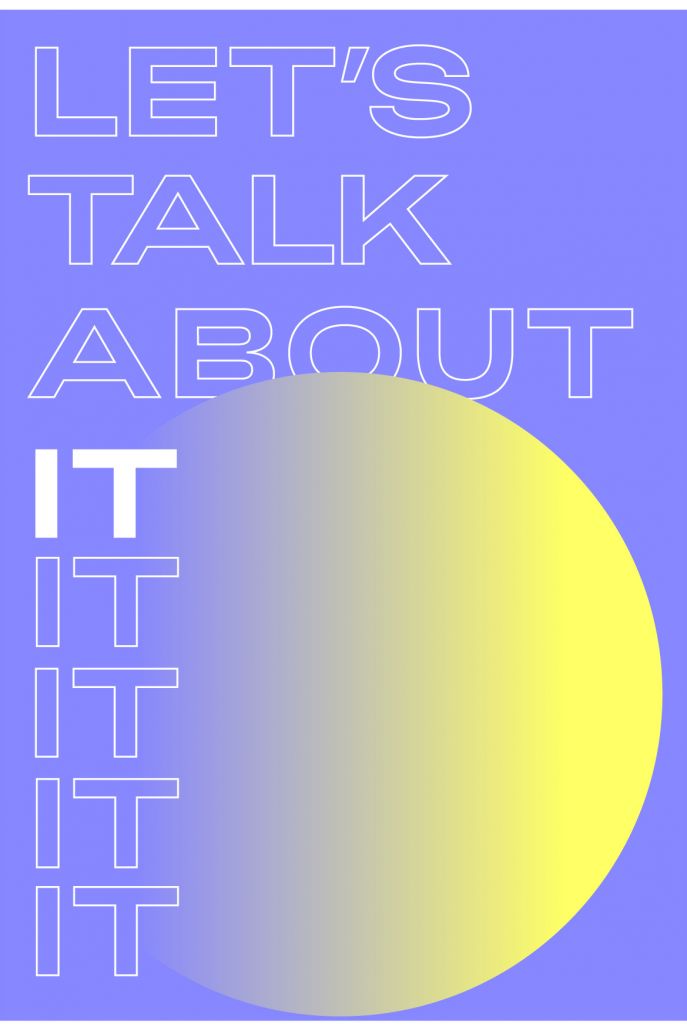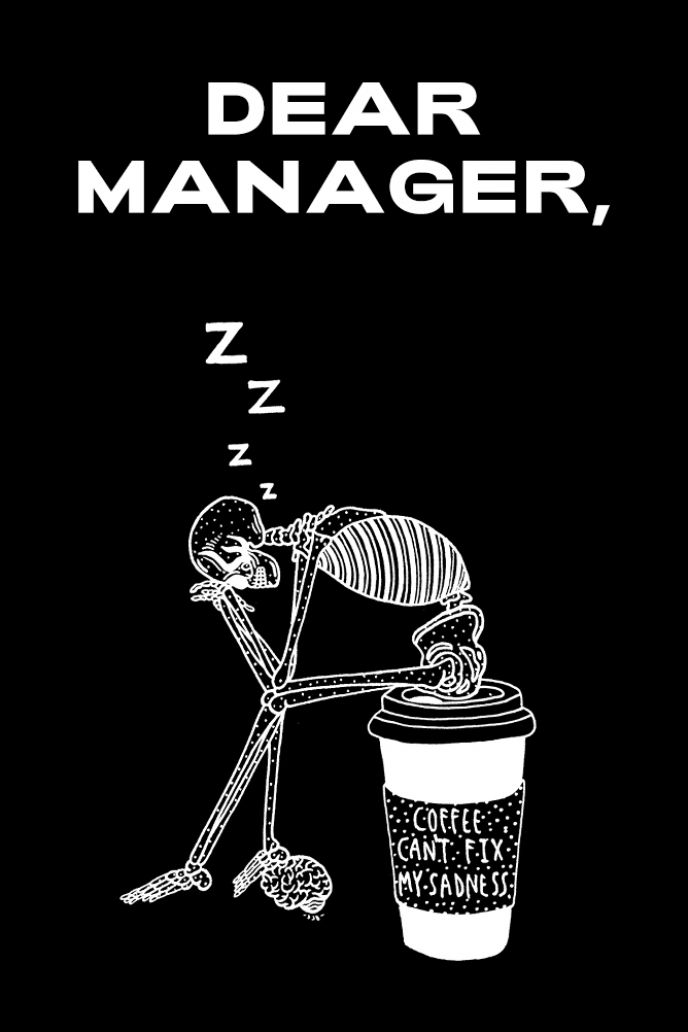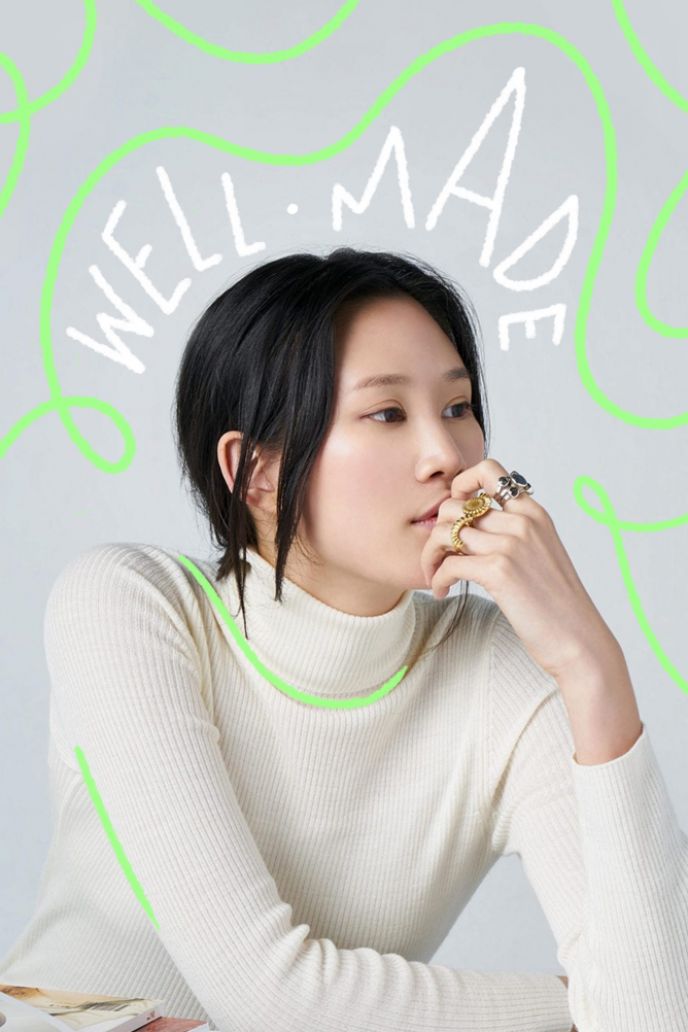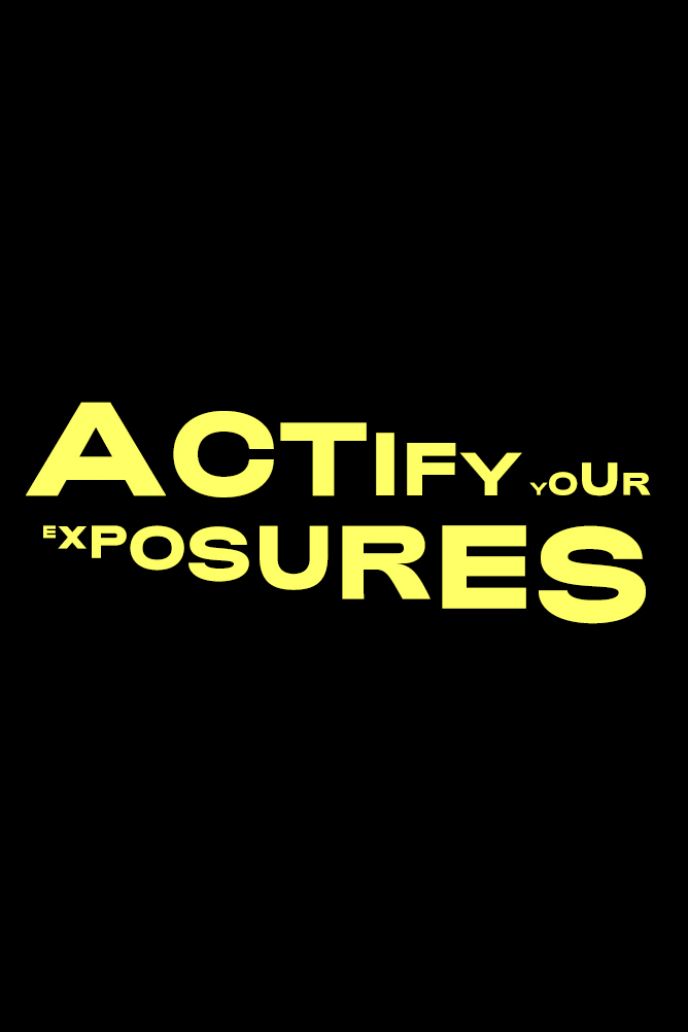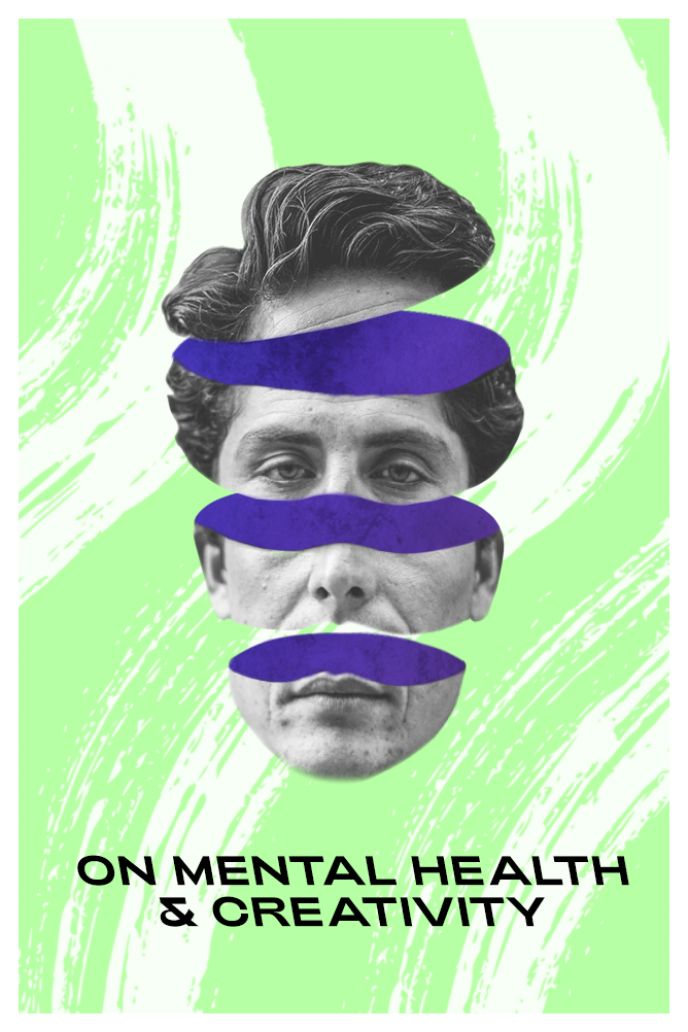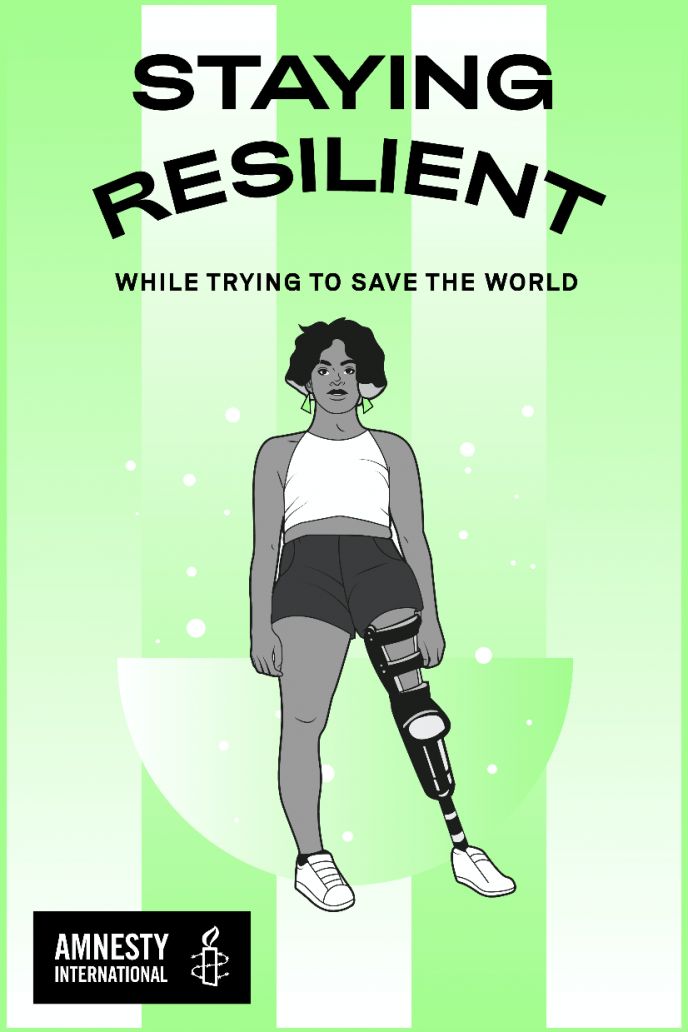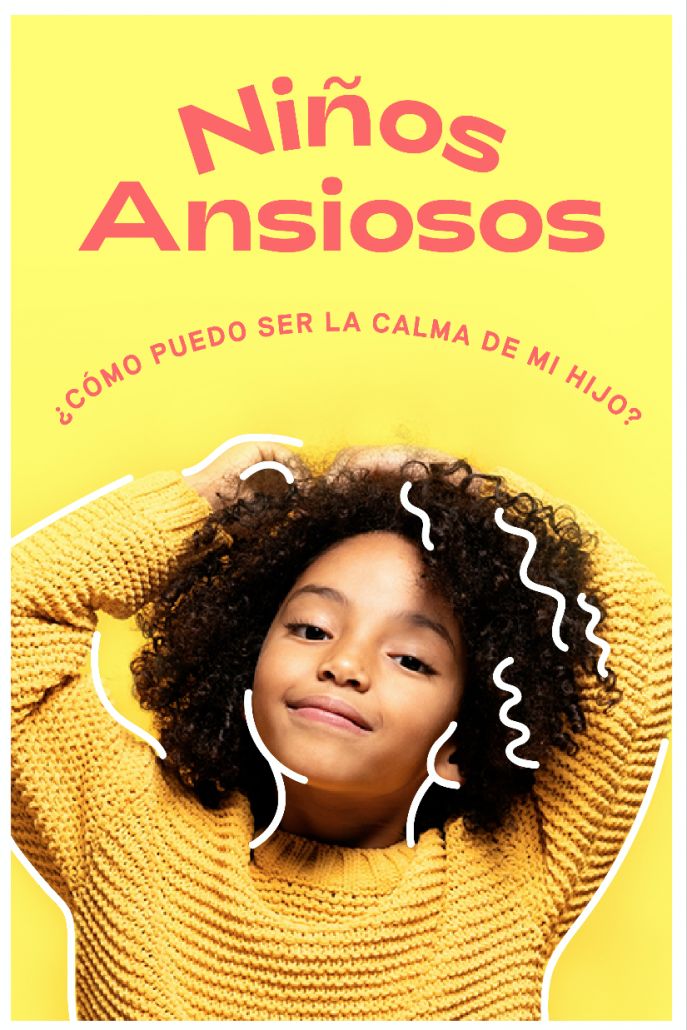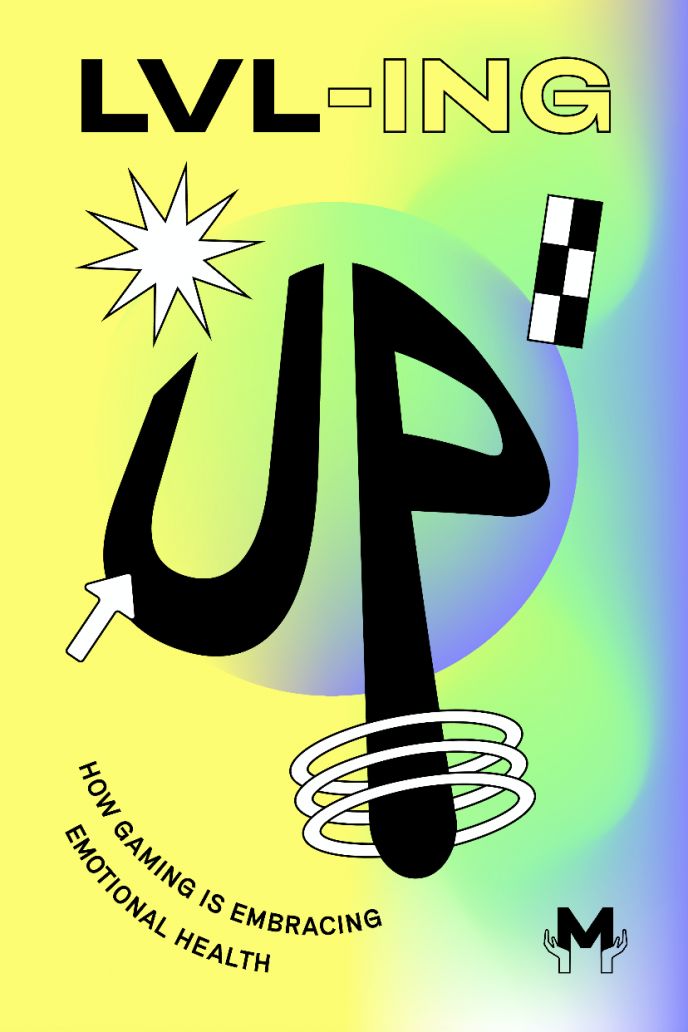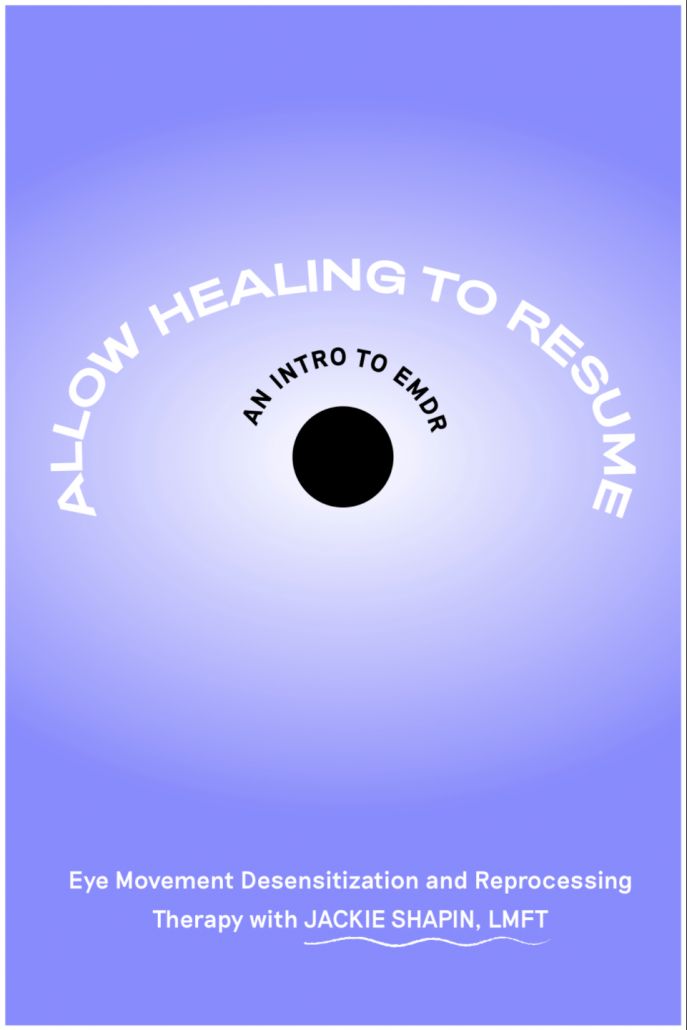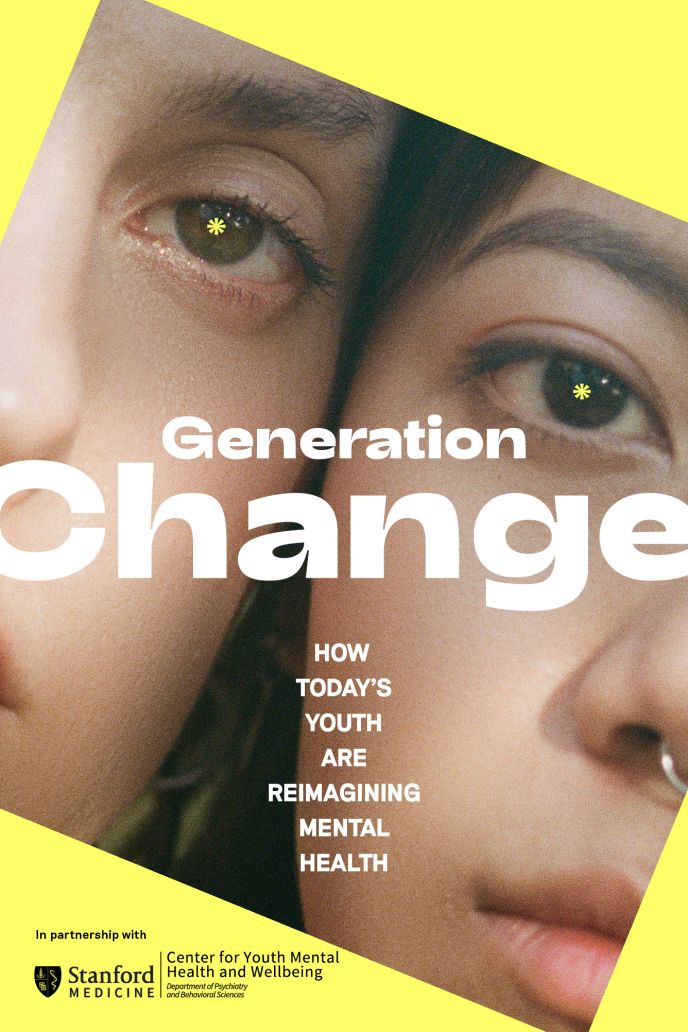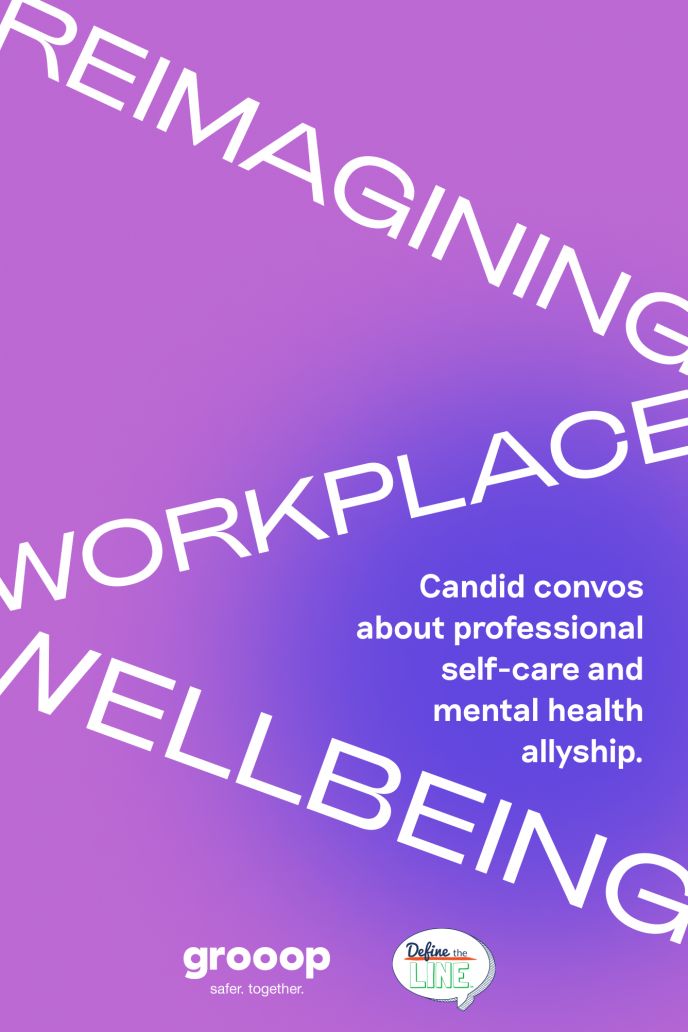Changing Landscapes: An Interview With Molly Carroll
We sat down with the artist to chat about her short film, mental health, and the power of filmmaking.
Escrito por Made of Millions Team
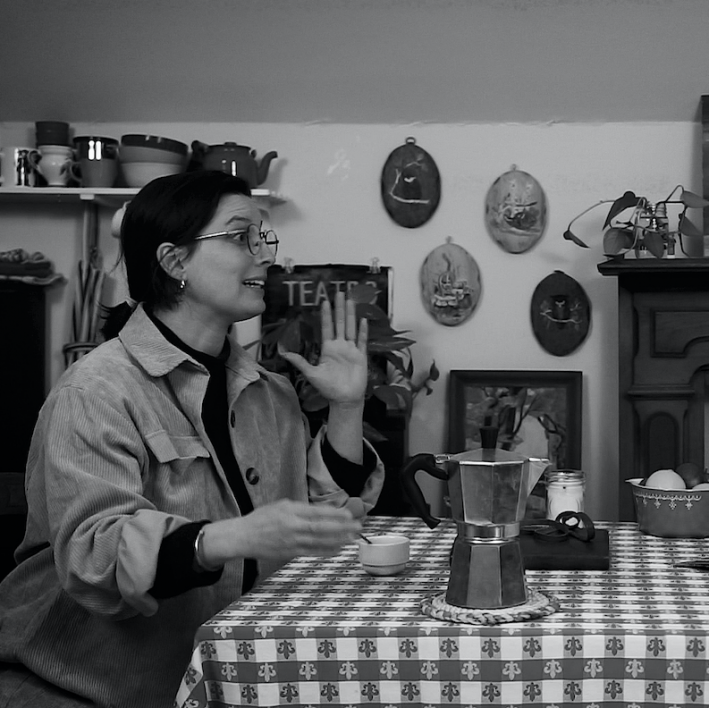
01 Molly and her sister are filmmakers who co-wrote and co-produced a short film, Nina.
02 The film features Nina in conversation with the self, highlighting the inner dialogue people often face with anxiety and depression.
03 Through her filmmaking, Molly hopes to change the misconceptions people have about anxiety and depression, and help people feel less alone.
Hi Molly! We’re excited to be chatting with you today! Can you share a bit about yourself?
Thank y’all so much for having me. In the past, I’ve struggled to answer “sharing a bit about myself” because I never knew which bits to include. But this is an exciting day, because I’ve recently started to embrace the joy of my polymathy. I consider myself a generalist: I love to tinker, create, disassemble (then intrepidly attempt to rebuild), play, research, and focus on the artisanship of a craft. Is my space filled with projects in various stages of “in-progress”? Yes. Am I fulfilled by all of this beautiful chaos? Also yes!
How did you get into filmmaking?
My siblings and I grew up with a cinema lover in the house: our dad has always shared his favorite films with the family, and gave us opportunities to see a wide variety of films over the years. When we were little, our parents decided to trust Maggie (Nina’s director and my older sister) and I with their Video8 Handycam. Somewhere in the attic there are films made by our 11 and 12 year old selves that certainly would have graced the pages of Cahiers du Cinéma.
Aside from our own creative explorations on film, our parents documented as often as they could ⎼ there are so many family videos, many of them capturing quiet and intimate moments of life. It’s from being able to revisit a specific ray of light and the way it might have played on the wrinkles of our grandmother’s face that I fell in love with filmmaking. As I got older, I kept making little videos, trying to capture a moment, a sensation in time, hoping that maybe it would resonate with someone in their own way, illuminating a tender memory from their own lives.
Tell us about your mental health journey. What’s your story with anxiety and depression?
I was 29 when I first got professional help. Though, learning to love the person I was before that time has been part of my journey as well. Looking back at where I’ve been, and working to understand what hurt and what helped, is an integral part in re-centering myself and being able to move forward and put “one foot in front of the other” as Nina says in our short.
Part of the journey has been learning to celebrate those years before therapy, what I did and achieved during them, and cherishing the beautiful memories made with my family and friends. I’m learning to shed light on those years, and working to stop telling myself I “wasted” time.
I spent my teens and the majority of my twenties just existing with anxiety and depression, but not thinking anything was out of the ordinary. I focused on everyday things like school, my career, and family. However, I struggled daily with unrelenting self deprecation and intrusive thoughts. My thoughts ranged from “I smiled too much today” to “I’m 23 now, 30 in 7 years, then 40 in 10, basically what have I done with my life now that I’m about to turn 100?” to “What is the point of anything that I do? I don’t deserve this wonderful life and the opportunities I have.” I felt so guilty for having these hurtful thoughts and feelings.
What I realize now is that I didn’t have a vocabulary to articulate what was happening. I didn’t know how to navigate or talk about the physical grip of daily anxiety and regular depression. I didn’t even think mental health was something I struggled with.
After loved ones expressed that seeking help could be an important and life changing step for me, I came to terms with the possibility that what I was experiencing might be chronic. I needed to seek and accept help, and I consider myself fortunate that these people stuck with me, loved me, and kept suggesting I do so.
At 29 and a half, I went to therapy. After receiving a diagnosis, I continued to work with my therapist closely for a year on a CBT plan. My sessions were weekly. There was a lot of homework, and after that year, I could see that I was improving. The mental tools that I had created over time helped me deal with spirals and intrusive thoughts in the moments that they were happening. Instead of being at odds with myself and saying “Why can’t you just be better and be happy?”, I was now working with my brain, practicing what I had learned and building on that new foundation.
How did the idea for Nina come to life?
Maggie doesn’t brag about herself, but I am happy to do that! She is always working with others to tell their stories and find ways to support them. Nina as it is now wouldn’t exist without her thoughtfulness, and the tenderness that she has shown me throughout my mental health journey. On one of the more difficult days, she asked, “What do you do to deal with those spirals and intrusive thoughts?” In piecing together an explanation, gentle Nina was created.
Your film features a conversation with your inner-self. Why do you think showing that dialogue is so important?
I wanted to show that these conversations with ourselves are not only reserved for big moments in life, but they often happen during the small things we face every single day. So many of us deal with mental illness on a daily basis, but when no one talks about it, it begins to feel like we must be the only ones who feel that way. It’s important for people to feel seen when chronic anxiety can foster so much isolation.
I also wanted to show that Nina’s reflection of self isn’t the angel on her shoulder with all the answers — she teases her and points out some awkward things Nina did in the past. But in the end, she is attempting to love herself and get back to a level place. That “up, down, and sideways” trajectory is okay, normal, and important to see.
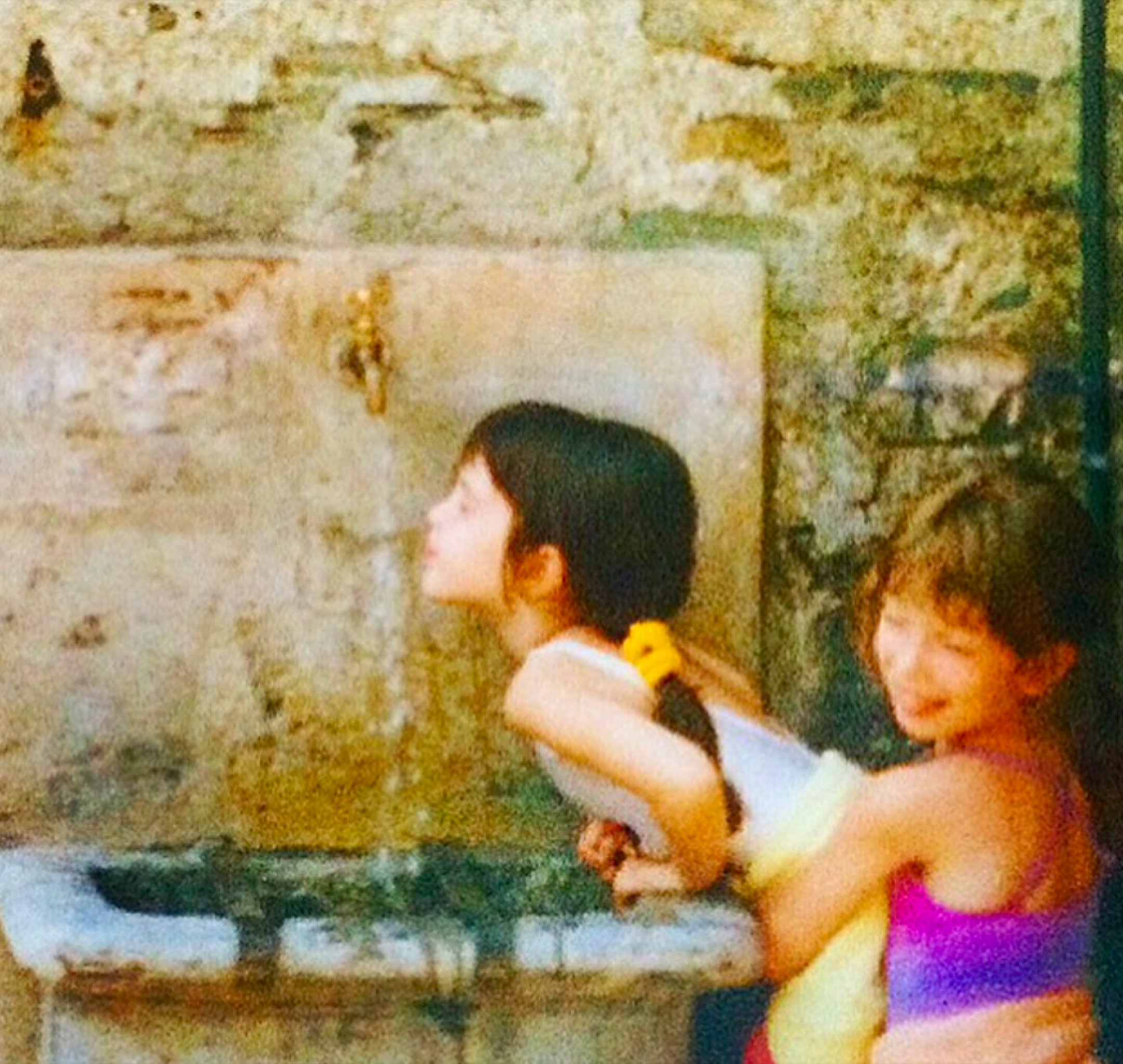
You mention struggling with stigma. What role do you think art, filmmaking in particular, plays in dismantling cultural misconceptions?
Filmmaking has the power to convey a complex message with incredible nuance. Nina is representative of so many people, and this was just my way of expressing a perspective on that experience.
Of course, stereotypes of what it’s like to deal with anxiety and depression are out there. For a long time, those depictions have more often than not existed as negative generalizations. Thankfully that’s changing and there are so many beautiful pieces out there. As more people with lived experience write diverse stories about their mental health, we’ll see the landscape change around those cultural misconceptions. Diversity of voices in filmmaking, and art in general, will always be deeply impactful on society.
There are so many people and organizations out there who do the hard work that goes into changing those misconceptions every day. I hope to contribute where I’m capable, and try to put nice things into the world. In terms of Nina, I wanted to show someone who does struggle, but also has the tools and support necessary to move forward through mental roadblocks in an empowering and healthy way.
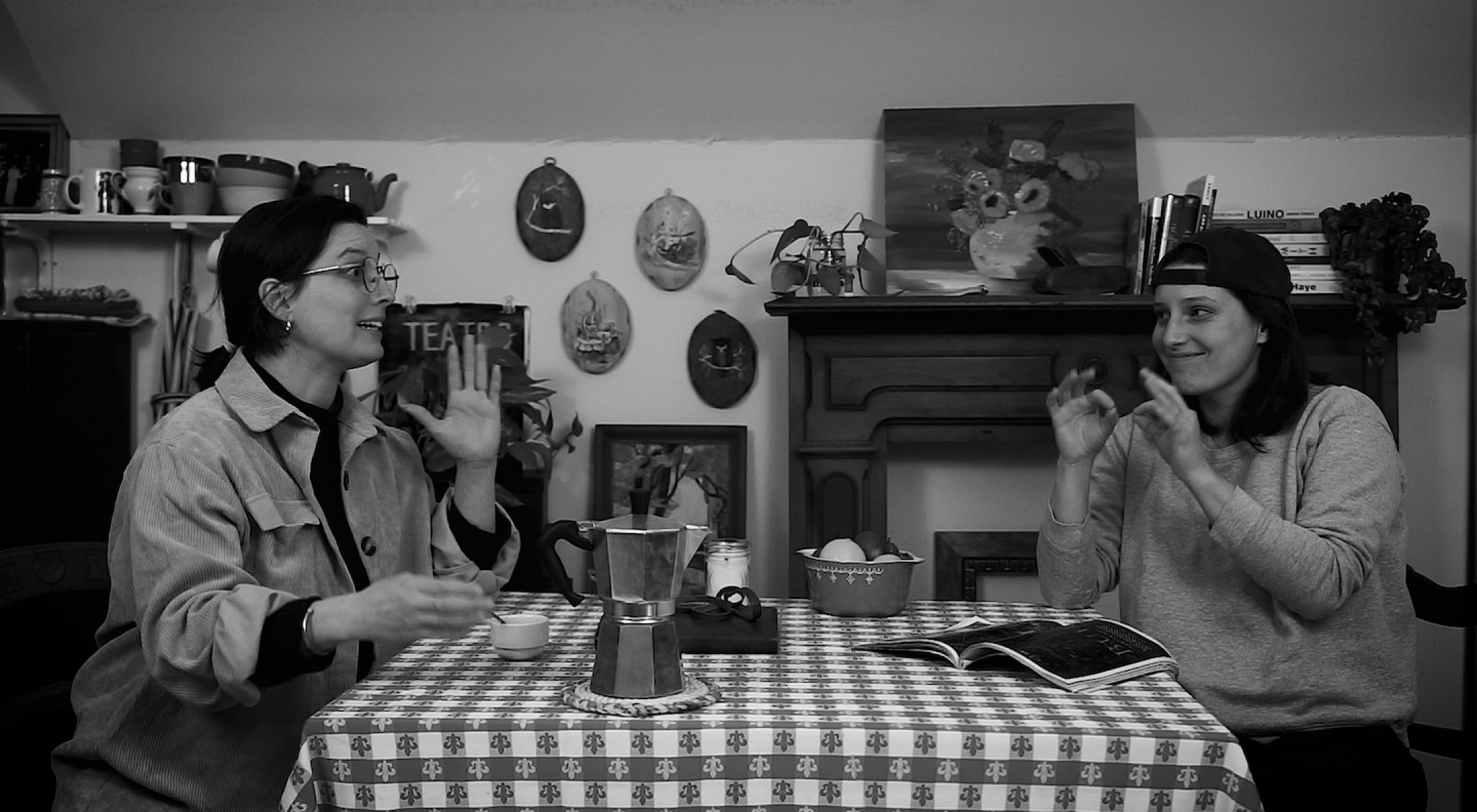
What message do you hope people take away from your film?
Most of all, I hope it resonates with someone, that they might feel like they aren’t so alone. I also hope that people might see what could be going on behind the scenes for others, that for many these conversations-with-self are normal— that our mental health is something we work hard for on a daily basis, even if you can’t see it. We wanted Nina to be an authentic reflection of that daily conversation with the self.
How are you doing today? What does recovery look like for you?
Before I went to therapy, I heard people say “It gets better” so many times. I didn’t understand the depth of such a seemingly simple statement. Looking back over my journey, I never could have imagined how profoundly my outlook would change throughout recovery and healing — how I perceived myself and the lens through which I perceived the world. I couldn’t have internalized it before, no matter how much I wanted to believe it.
Therapy saved my life. I love myself on the bad days, the bright days, and all the days in between. Being able to say “I love myself,” and mean it — that’s what recovery looks like to me. Recovery is having the tools in the proverbial tool box. Some days are still tough, but my world is bigger now. I can focus on others, love them more fully than I could before, and communicate as my authentic self.
Nina is a gentle homage to mental healthcare, and adds her voice to the ongoing wish that everyone who needs and wants it, should have access to it.
Apoya nuestro trabajo
Nuestra misión es cambiar la manera en que el mundo percibe la salud mental.
